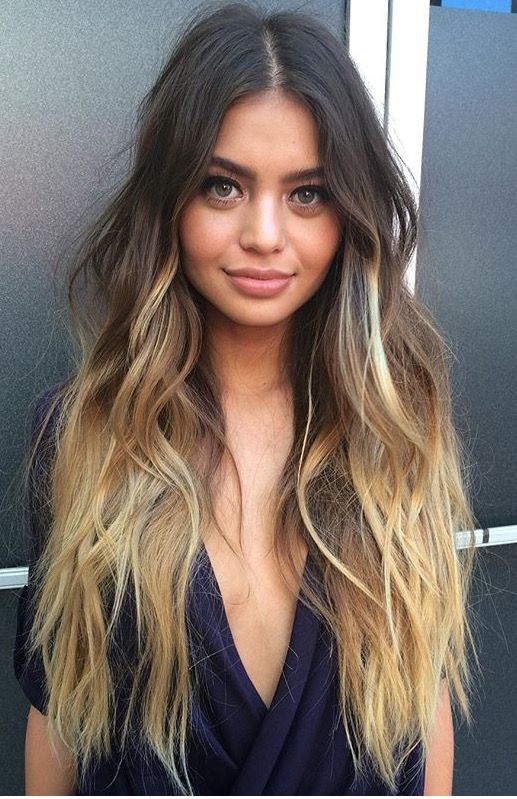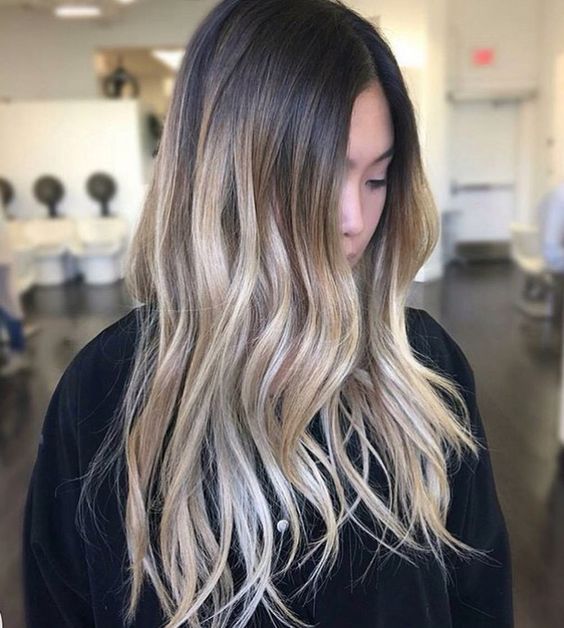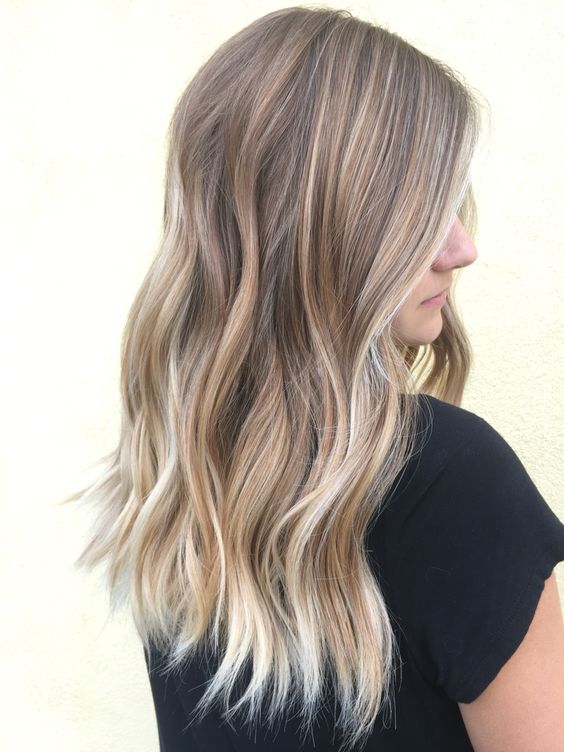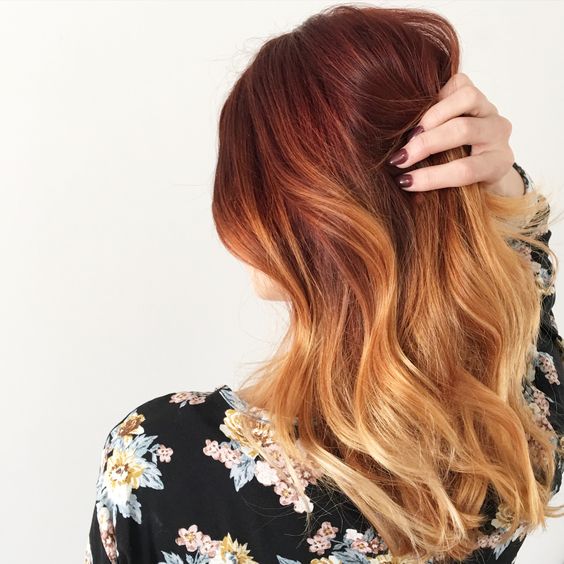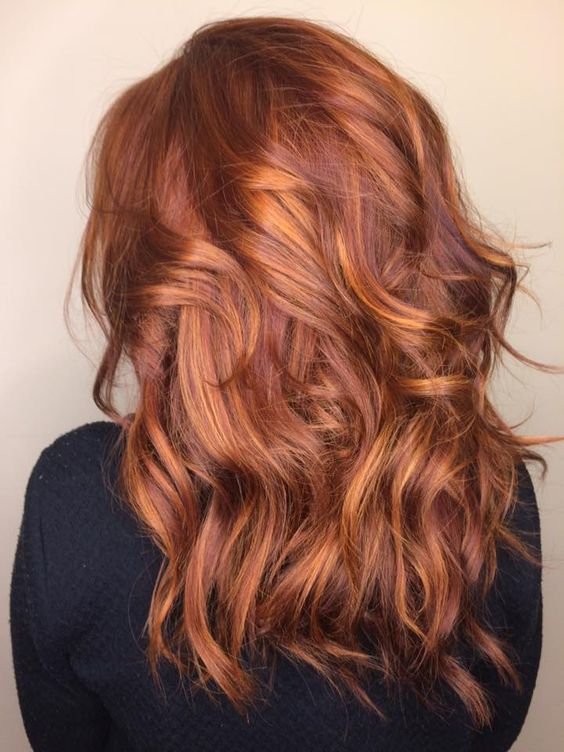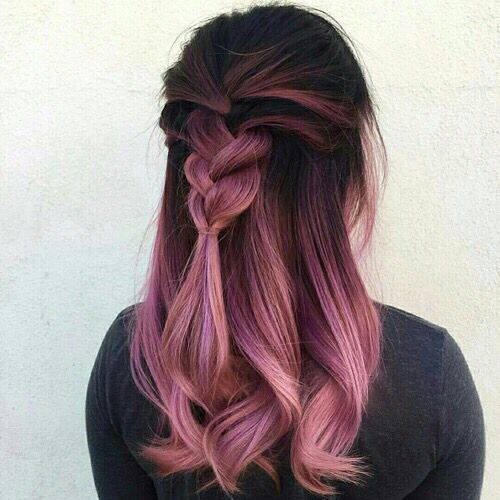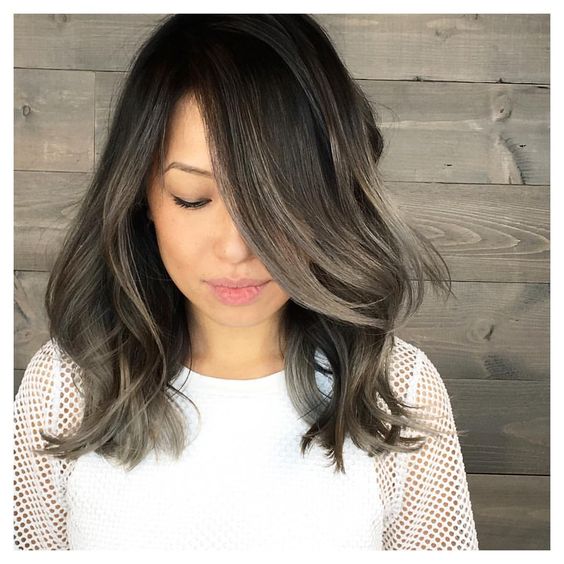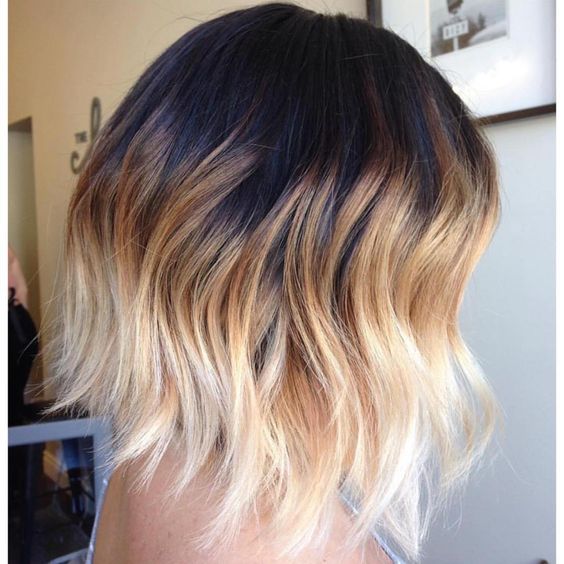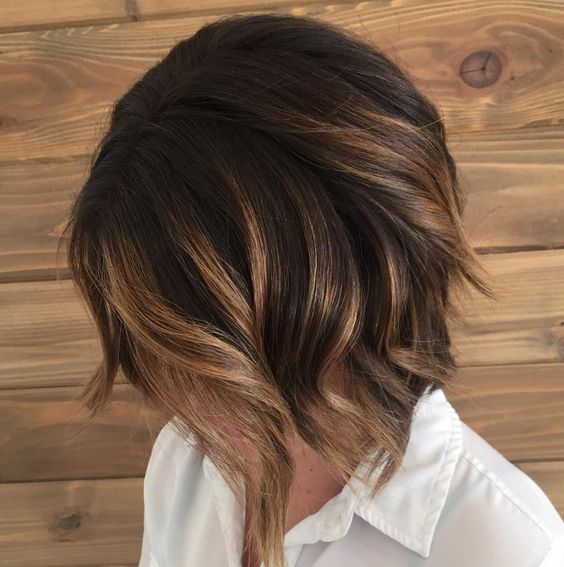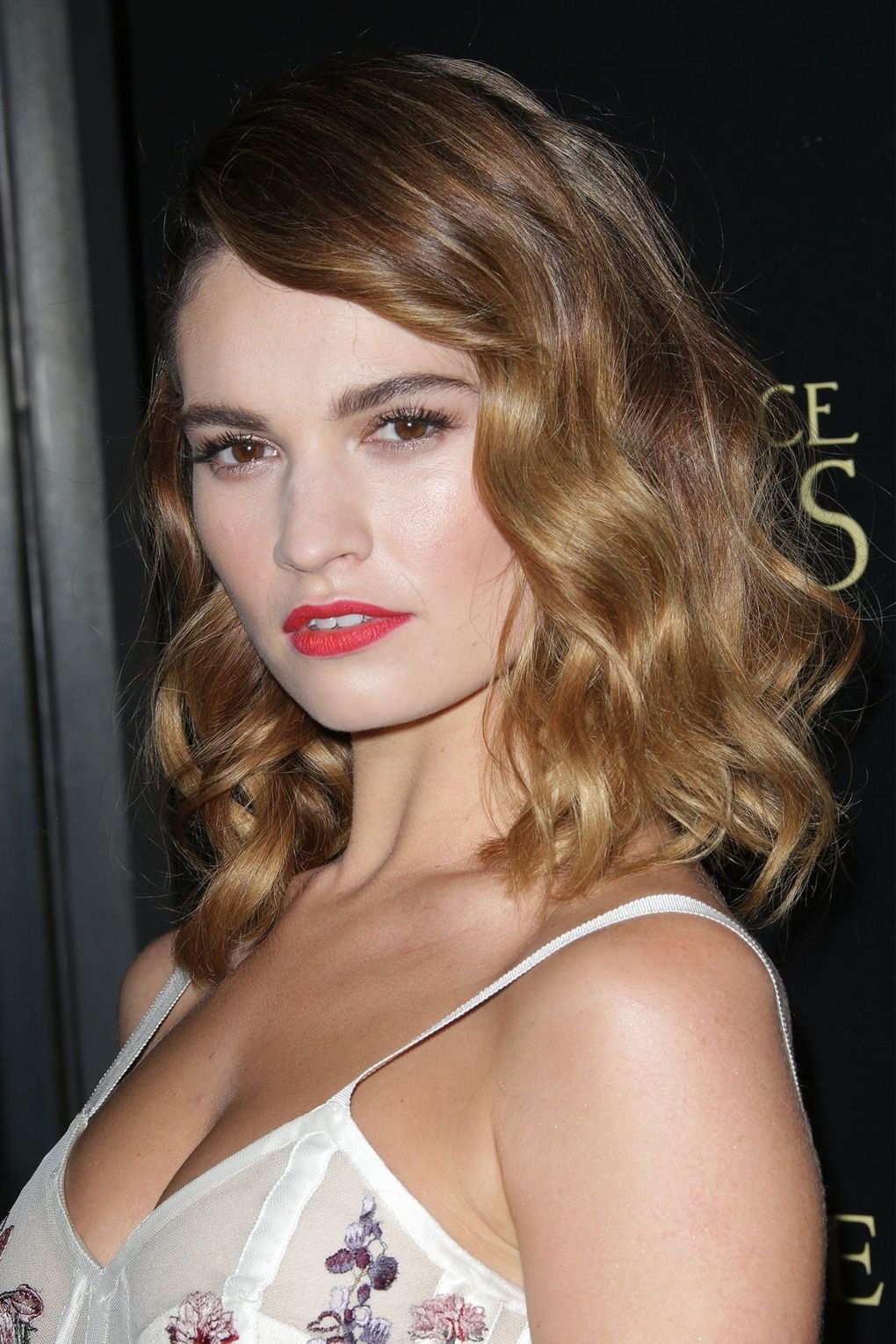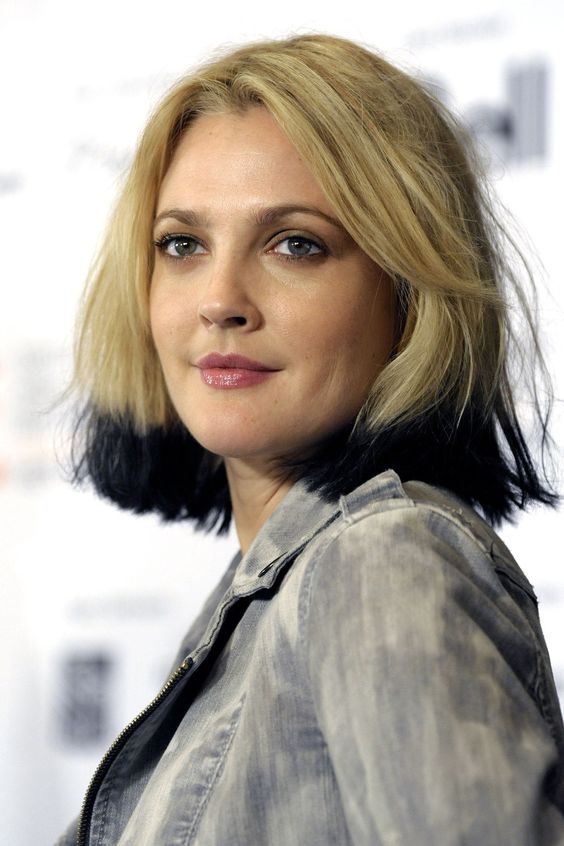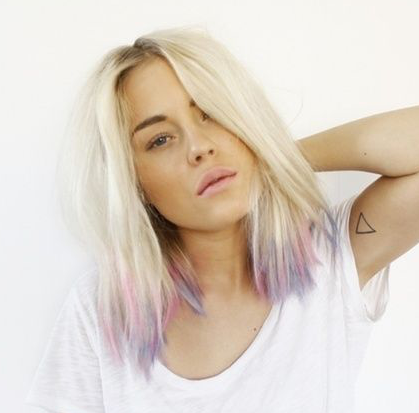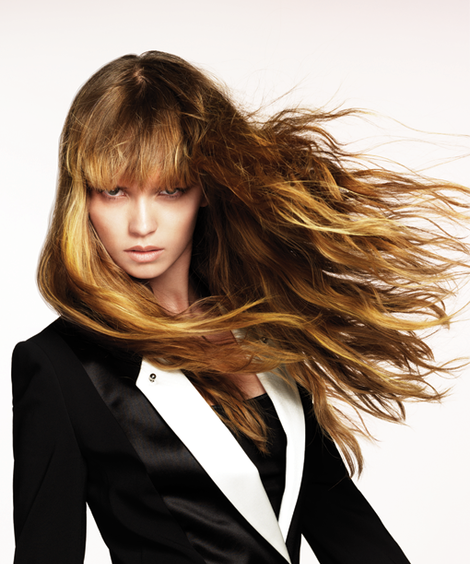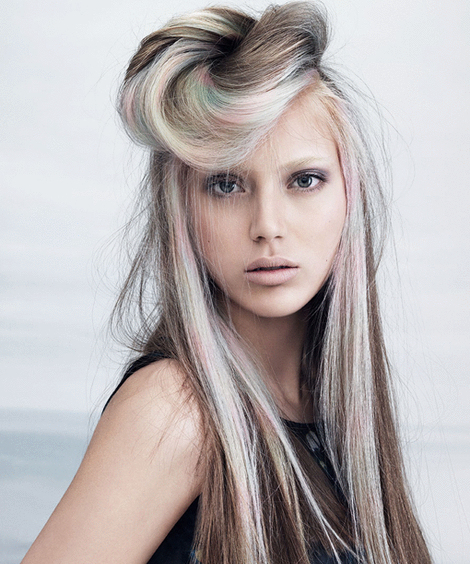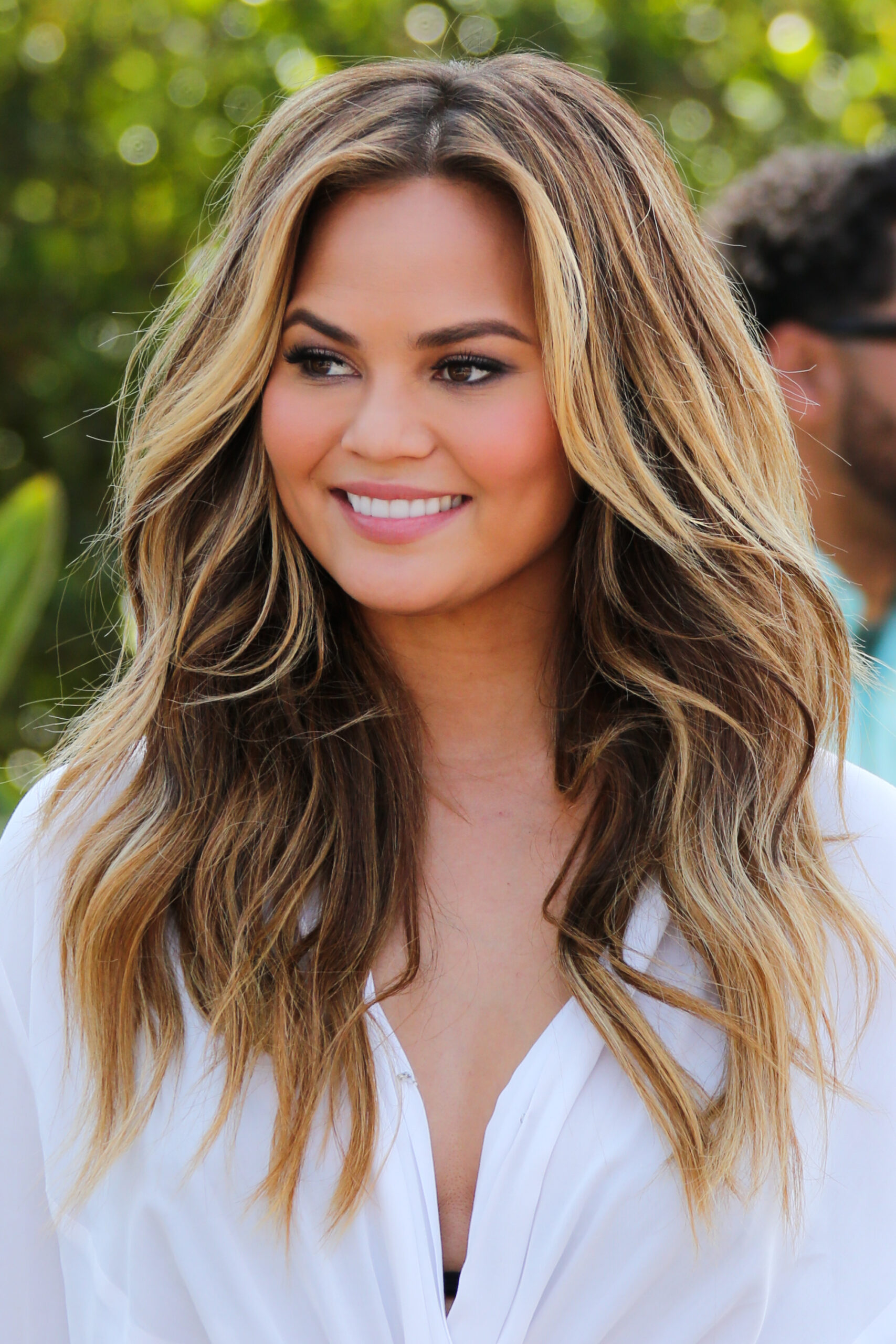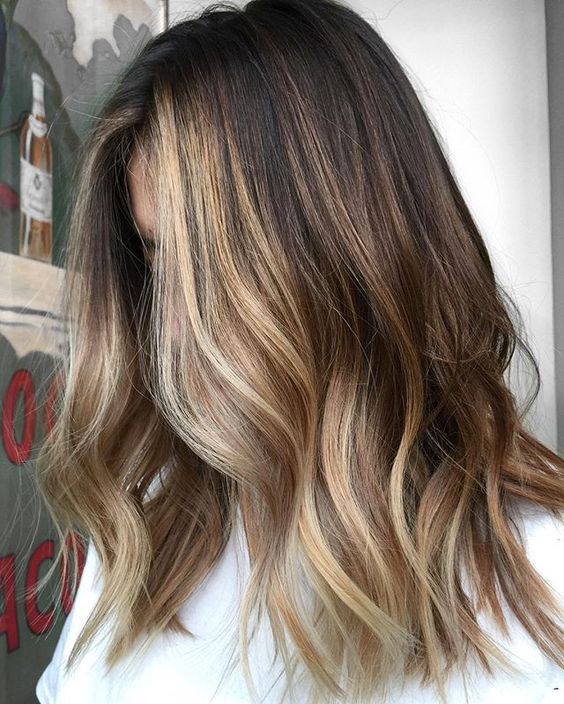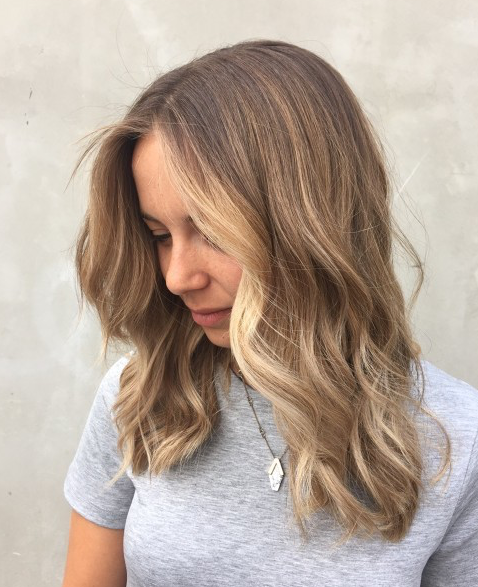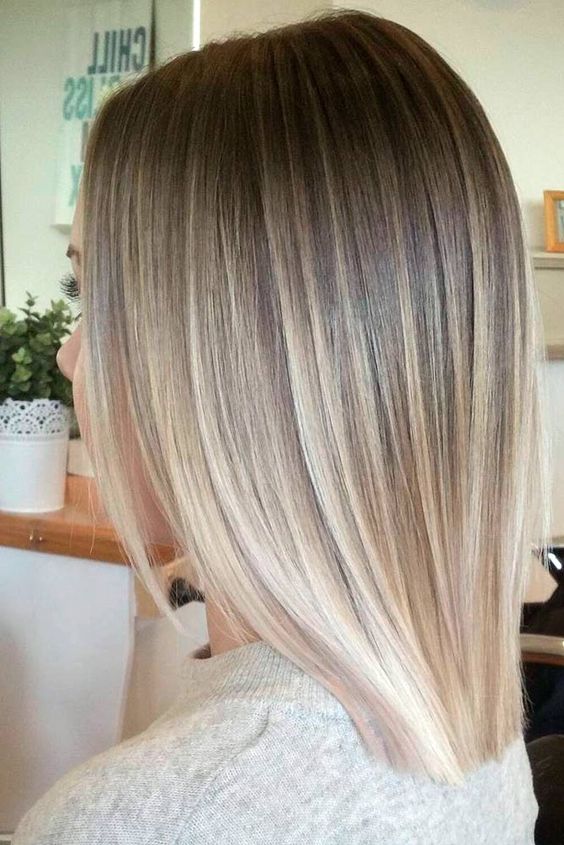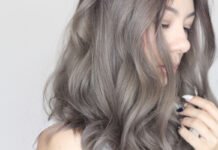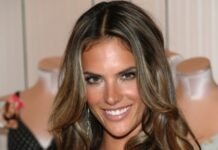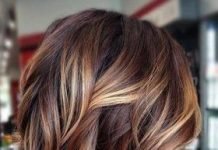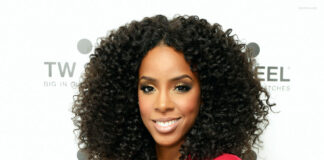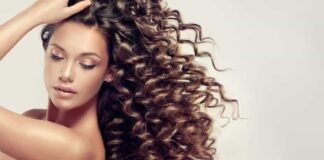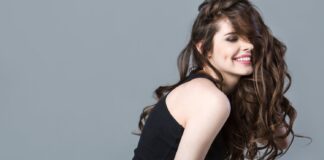Balayage vs Ombre: The Difference Between Ombre and Balayage
You know that you want to use a modern hair coloring technique to highlight your hair in a way that’s trendy and flattering, but how do you know what style to choose? Balayage and ombre are the two most popular hair coloring techniques right now, and while we’ve all heard of them, sometimes it can be tricky to figure out the difference between them. Since the last thing you want to do is walk into a hair salon without being sure what you’re asking for, we’re breaking down the difference between balayage and ombre styles, and giving you the details on some of this year’s other hot hair coloring trends.
1All About Ombre | What Is Ombre?
From the French term meaning “shaded”, ombre is used to describe the blending of one color into another. Ombre color isn’t just popular in hairstyles, and can be seen on fabrics, fingernails, and shades of lipstick. In the world of hair, ombre refers to a style that’s one color at the roots and a different (usually lighter) color at the ends. This technique can begin at different heights along the hair shaft and exists with pretty much any combination of shades, but if the entire head of hair is one color at the roots and another color at the ends, you’re looking at an ombre hairstyle.
2Balayage Basics | Balayage Meaning
Also a French word, balayage means “to sweep”, and refers to the sweeping or painting on process used to apply balayage highlights. By sweeping color through small, usually triangular sections of hair, a balayage style adds lighter color to only some pieces of hair. The resulting style still features highlights throughout the ends of hair, but unlike ombre some pieces of hair are still darker at the ends. Balayage tends to look more natural than ombre, often creating a look that’s described as sunkissed.
3High Blonde Ombre
There’s lots of room for variation depending on how close to the roots your ombre color begins. Starting lower down generally creates a more subtle look, while ombre closer to the roots can have a big impact on your overall style. Be sure to consider your skin tone when choosing your shade for a high ombre style, as color that’s up against your face can either work for or against your complexion.
4Ashy Blonde Balayage
This hairstyle is a great example of how to tell balayage apart from ombre. Because this style features hair that’s lighter at the ends, it could easily be mistaken for ombre. But look closely at the ends of hair and you’ll see that some pieces are a darker blonde color all the way down to the tips. Also notice that there are a few lighter pieces extending quite close to the roots, which is typical of the painted-on balayage style.
5Denim Blue Ombre
6Light Lavender Balayage
Lavender has never looked so chic! Just because balayage highlights create a natural look doesn’t mean they can’t be worn in unnatural colors. This light brown hairstyle features an ever so slight dusting of lavender balayage that adds fun color to the hairstyle without turning it into an overly bold look.
7Blonde on Red Ombre
8Copper and Red Balayage
9Braided Ombre Style
10Smoky Balayage
Some women with naturally dark hair are hesitant to try a balayage style. They don’t want to lighten their base color, but feel that blonde highlights on dark hair will look too jarring. A smoky palette like this allows you to enhance your dark hair without having a crazy contrast. Not only does this color style look rich and sophisticated, but it’s trending big in 2017.
11Ombre Bob
12Balayage Bob
The internet is full of amazing photos of balayage color on super long strands, but that doesn’t mean you can’t use the technique on shorter hairstyle. This bob makes excellent use of balayage, enhancing curls with ribbons of color that highlight the short hairstyle without completely overwhelming it.
13Sombre
Sombre is a subtle and soft style that dials down the contrast of a typical ombre look. To get this less obvious look, sombre styles are created using shades that are quite close together, and often employ more than two shades to create a more blended look. Try a sombre style if you’re generally low-key with your hair or you work in a corporate environment where bold ombre might not be appropriate.
14Rich Brunette Sombre
15Dip Dye
Dip dye hair color is a bold version of ombre where hair looks like it was literally dipped in hair dye. Unlike more subtle ombre styles, dip dye makes no effort to hide the line of demarcation that separates the two colors. If you’re looking for an edgier way to take on this popular color technique, going dip dye will help you to stand out from most ombre hairstyles.
16Pastel Dip Dye
17Flamboyage
The latest color trend that everyone is talking about, flamboyage is a specific technique that’s described as a combination of ombre and balayage, where adhesive strips are used to give your colorist precise creative control. Flamboyage allows for incredibly dynamic but natural looking highlights, and is probably the best choice for women who want people to think they were born with such gorgeous hair color.
18Pastel Flamboyage
19Golden Flamboyage
20Contourage
21Subtle Contourage
22Tiger Eye
23Tiger Eye Ombre



